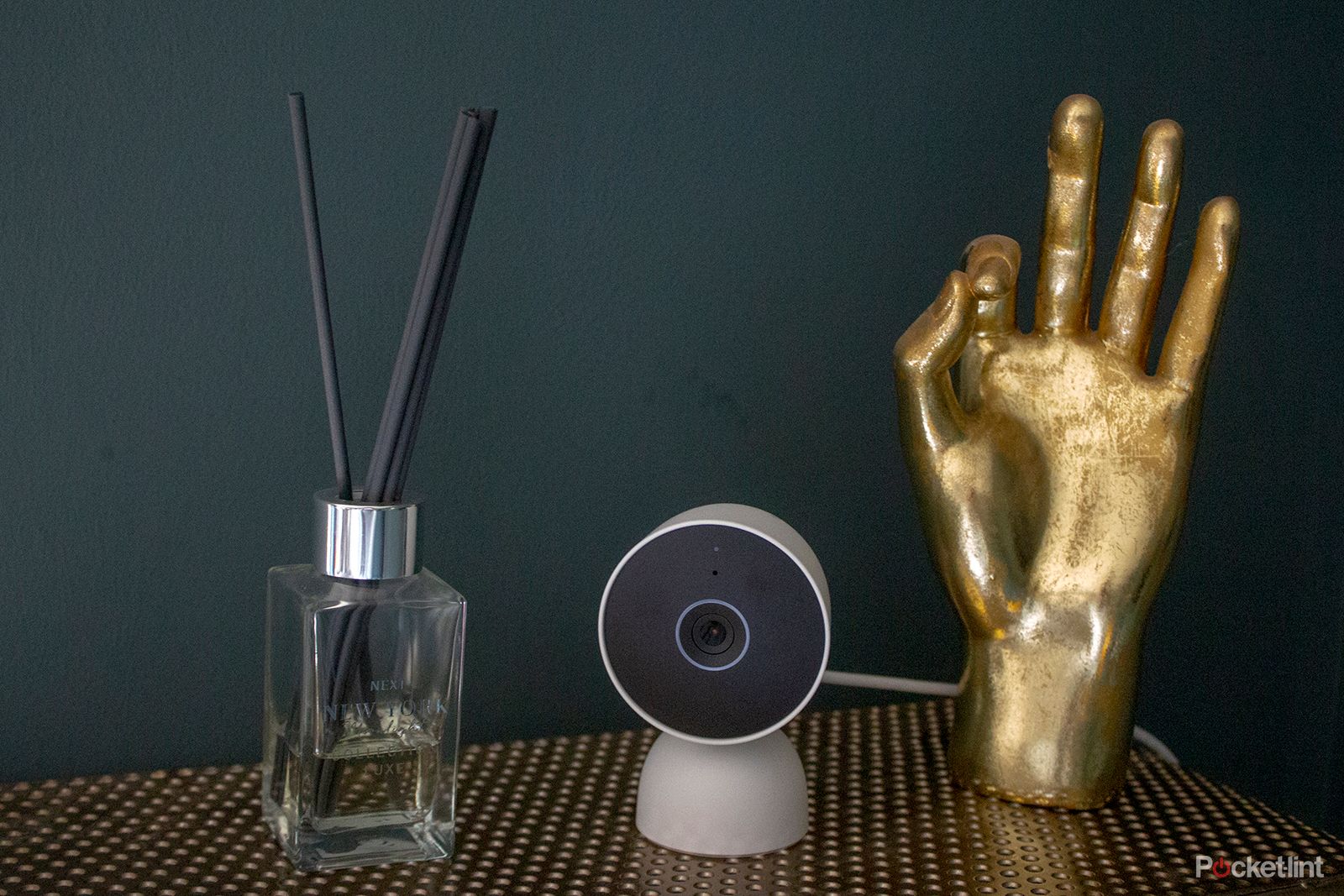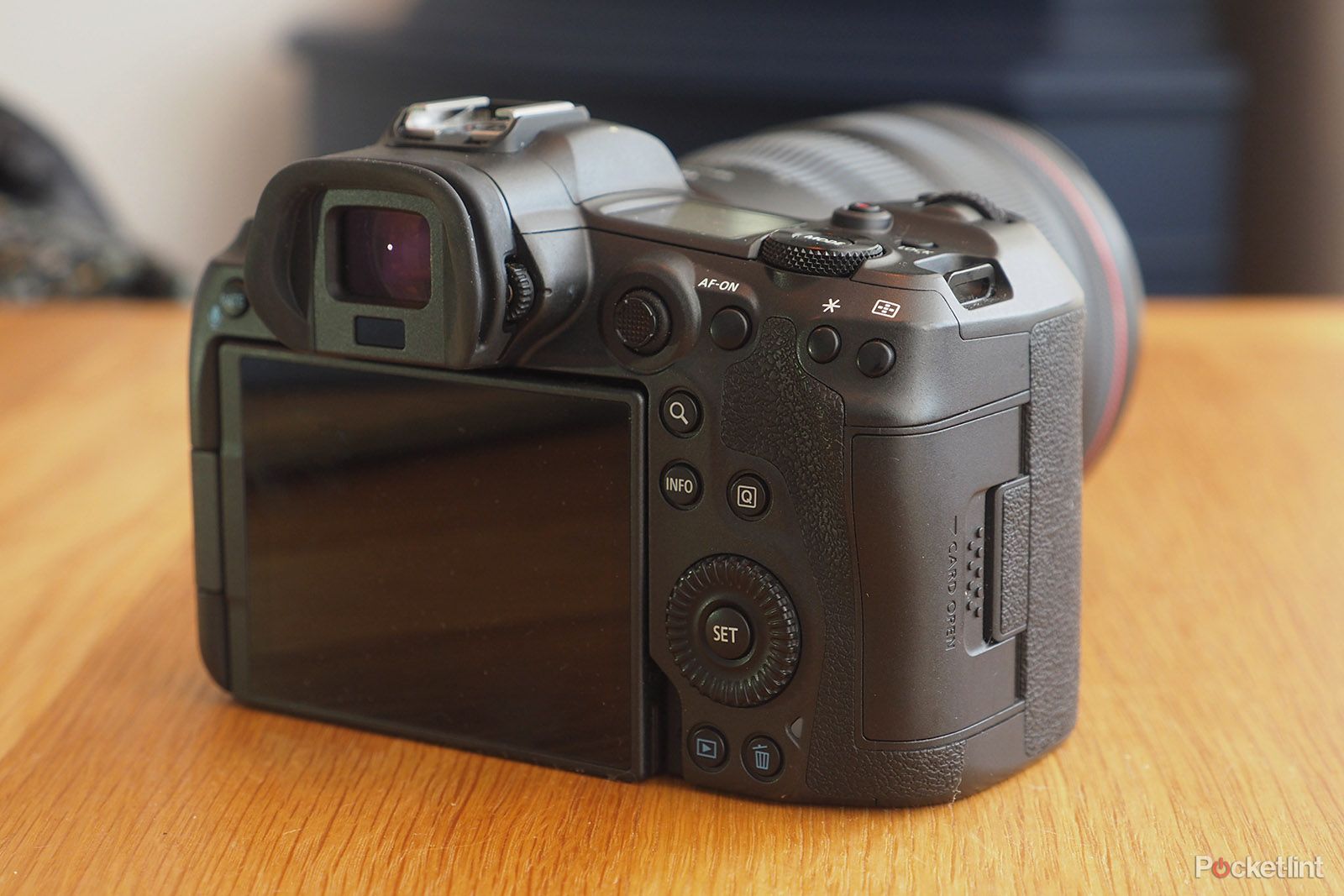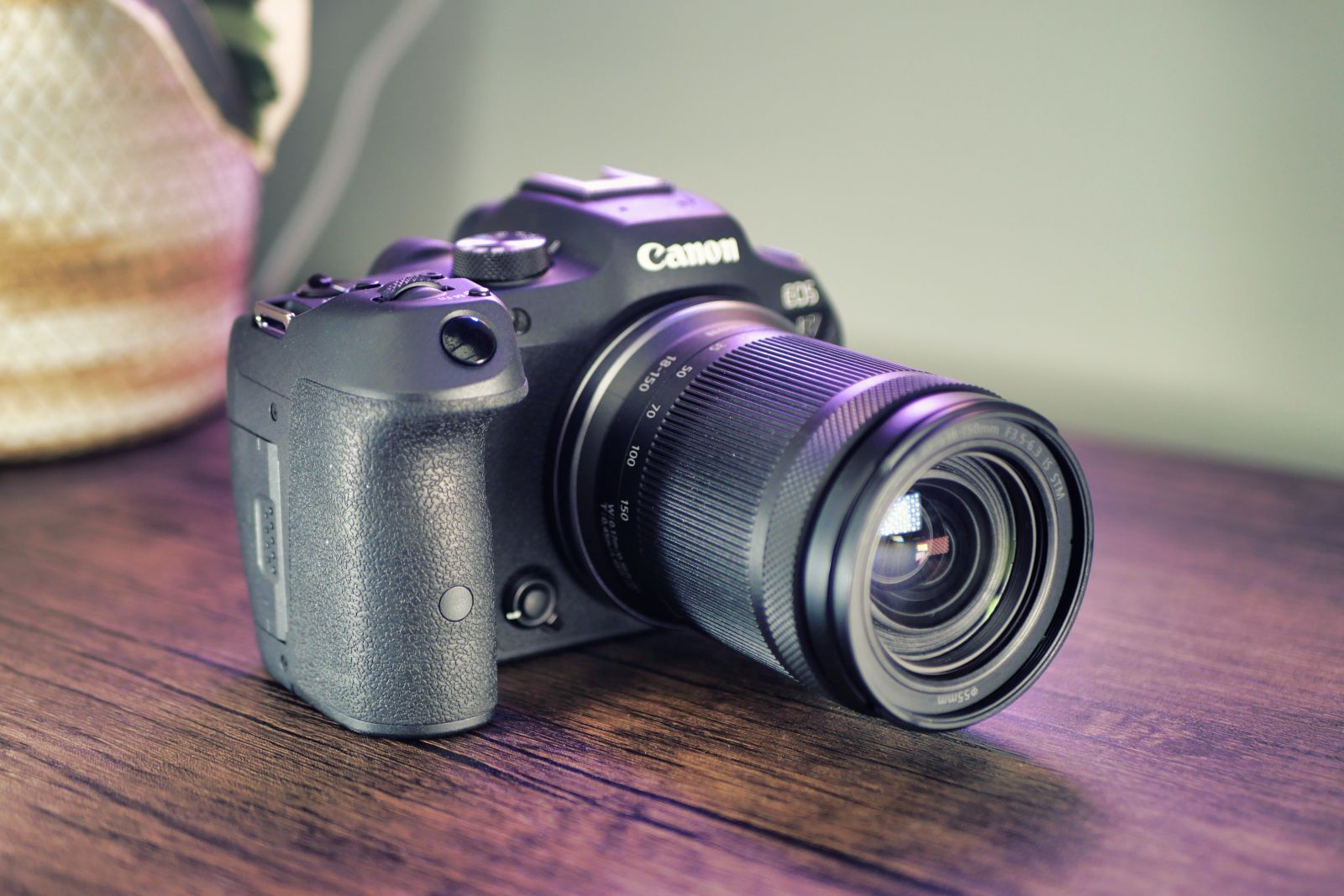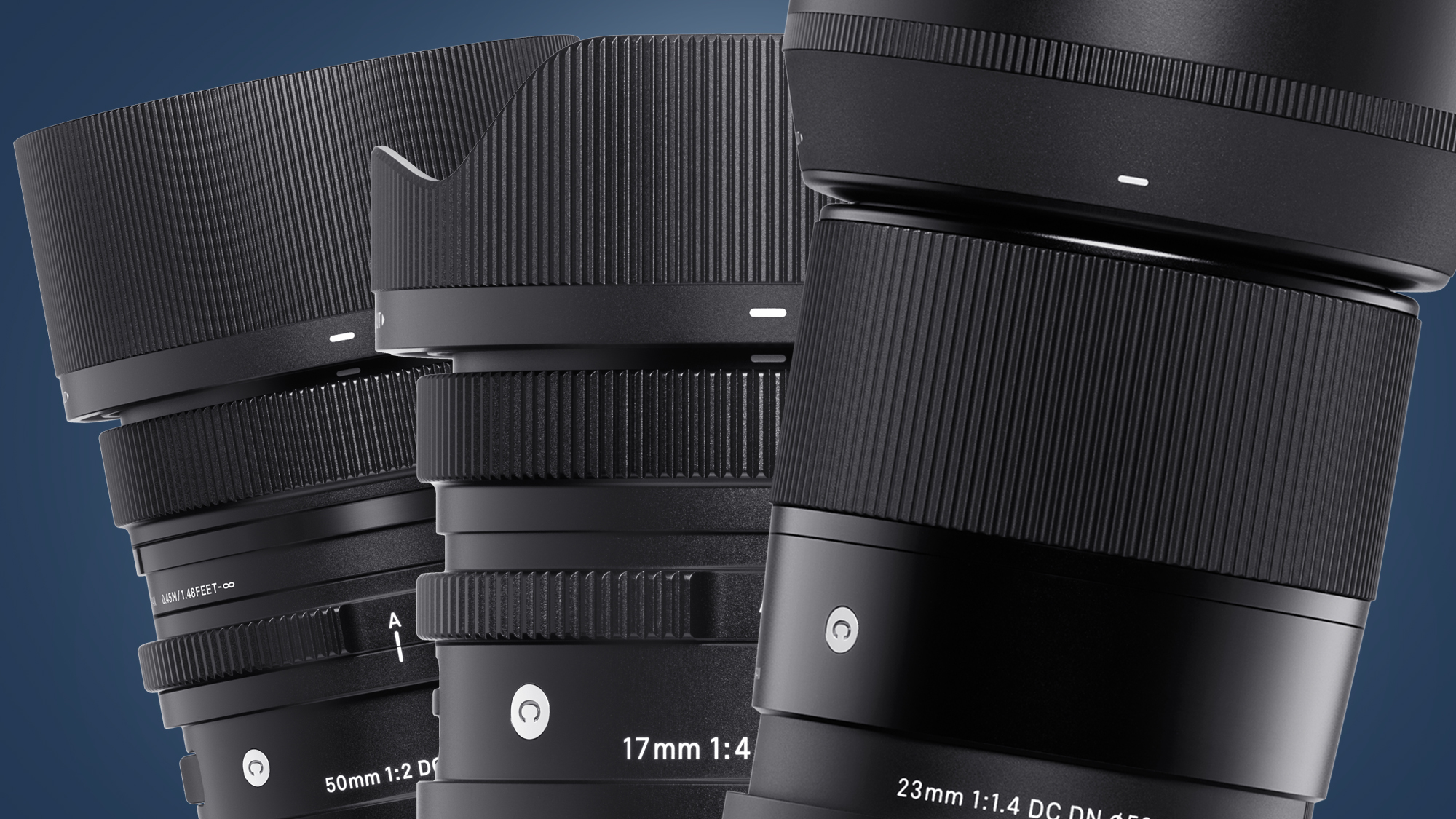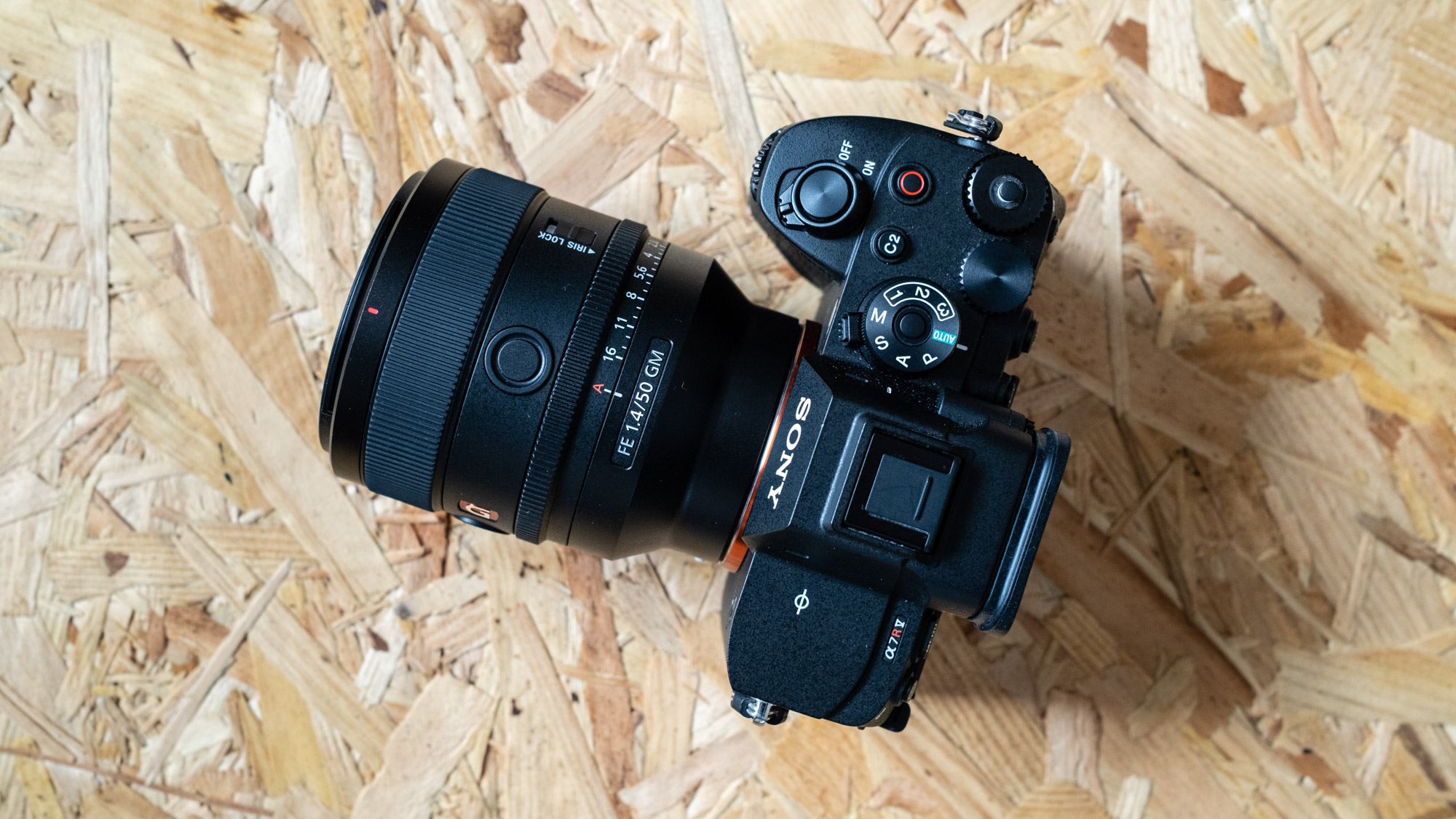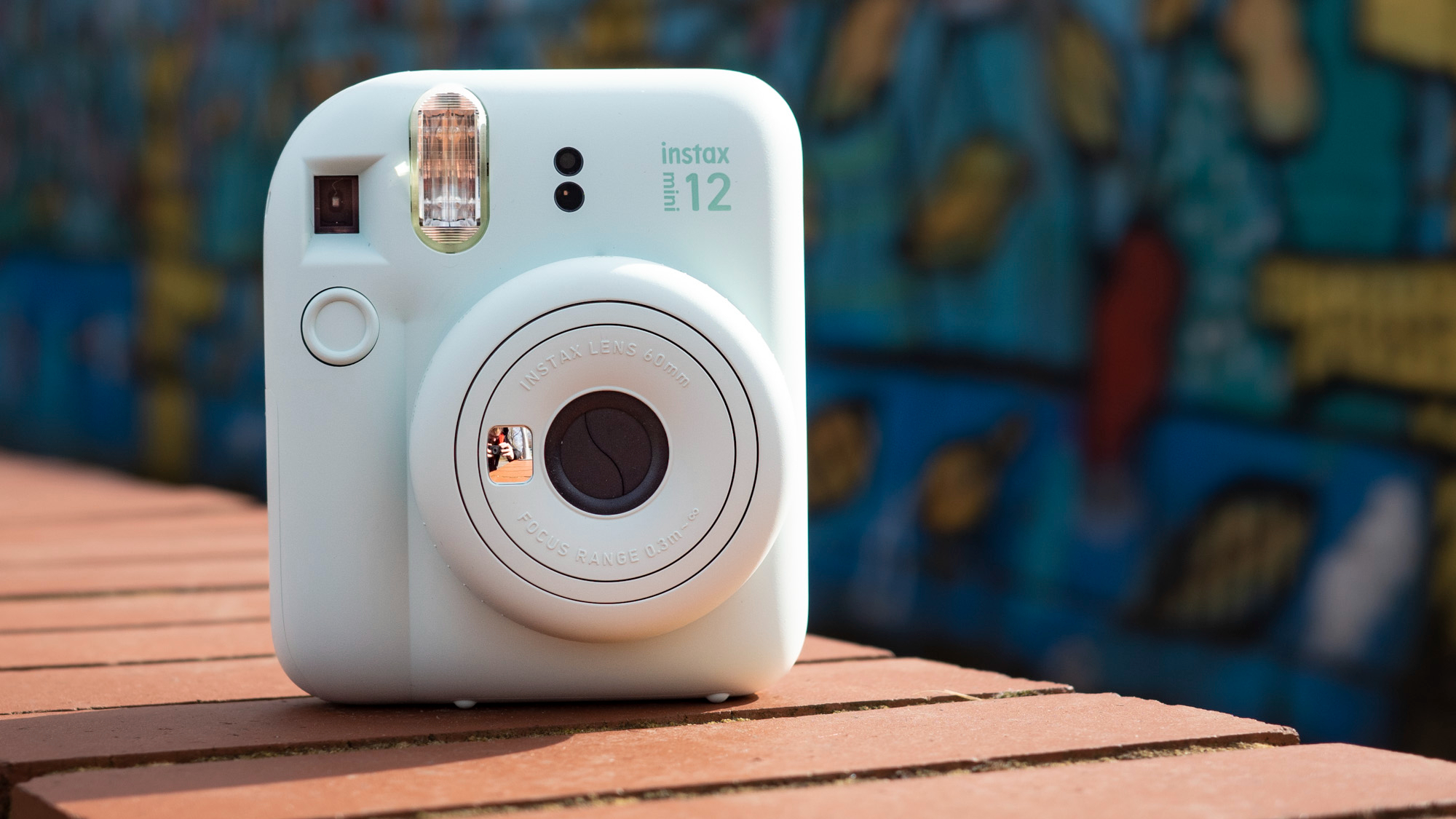Reviews

Leica M11 Monochrom preview
DPReview Latest |
Product photos: Richard Butler
The Leica M11 Monochrom is the company's latest full-frame digital rangefinder camera, built around a version of the M11's 61MP BSI CMOS sensor that has no color filter array to interpret color.
Key features
- 60MP BSI CMOS sensor with dual gain design
- Multi-field (matrix) light metering
- ISO 125 - 200,000
- Three Raw or JPEG resolution options (60MP, 36MP, 18MP)
- SD card accessible from battery compartment (no removable base plate)
- 256Gb of internal memory
- Exposures up to 1 hour, e-shutter down to 1/16,000 sec
- Live view stabilization (digital shake correction of preview image)
- Compatible with Visoflex II 3.68M-dot tilting accessory EVF
The M11 Monochrom will be available from today at a price of $9195.
Jump to:
What's new | How it compares | Body and handling | Initial impressions | Sample gallery
What's new
 |
To a great extent, the M11 Monochrom is the same camera as the standard M11, other than the absence of a color filter array. That difference, though, gives it a base ISO that's one stop higher than that of the color version (without filters absorbing the light, the sensor doesn't need as much exposure to saturate).
As with previous Monochrom models, this means that performance should be 1EV cleaner than the color M11 at every ISO (with the caveat that the M11 M can't go down to ISO 64), and with no smearing effect of demosaicing, since there's no mosaic of colored filters to process.
Click here to read more about the logic of an all-mono camera
We've discussed the merits of making a mono camera before (see the link above), and those all remain true. And, above all the technical differences, a mono camera acts as a prompt to see the world differently: to look for light and shade, detail and texture, rather than eye-catching color.
The internal memory has been increased from 64GB to a substantial 256GB in the mono version, meaning you're even less likely to need a memory card. Don't trick yourself into thinking an M Mono's files will be any smaller than the standard M's though: the JPEGs are still sRGB files with red, green and blue values (albeit tone-matched red, green and blue values) and the DNG Raws are as mono as most cameras' Raw files are, they just don't need to include a tag to say how to demosaic them.
How it compares
 |
| You pay all this money for a Leica and it doesn't even have the red 'dot' on the front. |
What can you even compare the M11 Monochrom to? Though other mono cameras exist, including the Pentax K3 III Monochrome that stole a march on it by launching yesterday, there aren't many that deduct autofocus as well, at this or any other price. As if a rangefinder weren't a distinctive enough proposition, with its anachronistic – though utterly compelling – focus method, the M11 M's heritage debuts it as a luxury camera, born into a system of luxury lenses.
At a rather more affordable price is French newcomer Pixii's APS-C M-mount rangefinder, which we'd love to test, if we get a chance. The company also sells a 'mono' camera but in practice this is a Bayer-sensor camera that can correct for the absorption characteristics of its color filters and produce mono Raws, so it isn't quite the same as what Leica is doing with its Monochrom models. Even less expensive will be Pentax's aforementioned APS-C monochrome DSLR, which does share an optical viewfinder and a fixed screen with its upscale cousin. But, ultimately, is a smaller-sensor camera without the word Leica on it a substitute for the M11 Mono?
Leica is arguably alone amongst camera makers in successfully trading in Veblen goods: products where the high price actively contributes to their appeal. Which is not to say that their quality and performance doesn't matter at all, but they aren't central to their desirability.
 |
That said, the 60MP sensor used in the M11 and M11 Mono is an excellent performer, a dual conversion gain design that exhibits excellent dynamic range. The use of a BSI sensor with its light-sensitive region right at the surface means the pixels at the corners are better at receiving light at shallow angles of incidence from lenses that mount close to the sensor surface.
Leica says it's done its best to optimize this by using an unusually thin UV/IR filter layer, to decrease the chance of these light rays getting reflected before they reach the silicon. The M11 also continues the use of off-set microlenses, centered over the pixels at the middle but sitting increasingly inboard of the pixel axis as you look out to the edges of the sensor.
This level of attention to detail aims to squeeze the best-possible performance out of the company's often fearsomely expensive lenses. And, from what we've seen, this latest generation of cameras has genuinely competitive sensors, compared with the wider market.
To some extent the M11 Mono would sell just because it's an expensive, beautiful object that says Leica on it, but Leica is a company for whom photographic heritage is more than just a marketing point: everything points to them wanting to make excellent cameras, even if they've recognized that they're not going to be the camera of choice for photojournalists again.
Body and handling
 |
| The M11 Mono takes its minimalist approach pretty seriously. |
The M11 Monochrom looks a lot like the M11 and, for that matter, most of Leica's M cameras since 1954. It has the same black aluminum top plate as the black M11s (meaning it's lighter than the brass-topped silver version). There's no red dot on the front, and in complete commitment to the 'bit,' the shutter speed and ISO dial have grey highlighting, rather than red.
M11 cameras have a pleasantly minimalist body, slimmed down to more closely match the dimensions of the M6. There's no base plate to remove when you want to access the battery or SD card (if you choose to use the latter). Instead you pull a lever to partially release the battery, then give it a small upwards press to release a second catch, at which point the battery comes out completely. Inside the chamber is a clearly indicated SD slot.
 |
| The M11 Monochrom's 'On' indicator, shutter speed dial and ISO dial are 'highlighted' in grey. |
The screen on the back of the M11 Mono is the same 2.33M dot rear LCD (1080 x 720 pixels) as its color cousin but sits behind a harder sapphire glass layer, rather than the Gorilla glass used in the standard M11.
Staying the same are the camera's three customizable buttons: a Fn button on the left of the LCD, a button on the camera's front plate, and a pressable rear command dial. Hold any of these buttons down and you can re-configure their function, significantly reducing the need to delve into the menus.
The M11 Mono has the same advanced live view system as the M11, which lets you magnify the scene to back up rangefinder focusing with a more flexibly placed and higher precision punch-in approach (though a less immediate one). It also gains the digitally stabilized live view that makes it easier to fine-focus even in circumstances where hand shake might otherwise make that difficult.
 |
Like the M11, the Mono also has an exposed (but IP67-rated) USB port. It's a USB 3.2 Gen 2 (10Gbit/s) port that can be used for charging the camera. But its significance is increased because of the camera's 256GB of internal storage, as it becomes the quickest way of transferring images off the camera. As well as being able to connect to a computer, the port can be used to connect directly to iPhones or iPads using the supplied USB-to-Lightning cable. You use the LeicaFotos app to select and transfer images over bluetooth, Wi-Fi or cable, for the fastest, most dependable connection.
 |
Initial impressions
By Brendan Nystedt
 |
On the surface, Leica's doing what it's done for more than a decade. The team from Wetzlar, already high off the success of the regular M11, made a version with a monochrome-only sensor. Big whoop, right?
Well, for me, few other cameras can rival the connection between the photographer and camera that a Leica gives you. There's no waiting around for autofocus to figure out what you want, no fussy control-by-wire on the lens, and only a mechanically-linked optical viewfinder in front of your eye instead of an itty bitty OLED. The quiet flit of the shutter makes other full-frame systems seem plain rude — this is a polite, discreet camera.
Sure, the M11 Monochrom has live view, with modern focusing aids that are arguably superior, but the viewfinder experience is a large part of what you're paying for. After all, you can adapt Leica lenses to any mirrorless body for a lot less money. In my opinion, if you're paying for a Leica you'd be a fool to not use the rangefinder as designed (that is, when you're not zone focusing on sunny streets). The immediacy of dialing in your shot that way is part of the tactile charm. Rangefinders aren't for everyone, but then again, this is a $9195 black-and-white-only camera — if you have one, you aren't everyone.
Funnily enough, as tangible as the M11 Monochrom experience is, the tech of the access points on this camera is top notch. The quick menu, with its dozen simple touch buttons and legible numbers, is as swift as promised. Everything on-screen is navigable with either touch or the physical controls, so how you interact with it is up to you. It was only in the rare moments when I had to dip into the menus or look at the rear screen that I even thought about the modern features of this digital camera. Should you choose to, it's feasible to set it up the way you like and never look at the rear LCD again.
 |
|
Out of camera JPEG. Leica M Summicron 28mm F2 | ISO 800 | 1/80 sec Photo: Brendan Nystedt |
One thing I didn't love is the lack of any colored accents on the body. It's a cutesy touch that differentiates this model from a plebeian (ha!) M11, but one that can impact usability. Anything that was red for good reason on the normal M11 (like the dot by the power toggle) is now a grey tone. It turns out that especially in low light, a grey label on a black camera is nigh indistinguishable from a white label — not the best idea.
Out of all the retro-styled digital cameras, the M11 Monochrom comes the closest to the real monochrome film experience, both in shooting and in its photos. Images from this special sensor are simply fascinating to behold. Without even considering the additional latitude monochrome files might offer in editing, the smooth natural gradation and retention of fine detail are incredible. Even dim skies with some subtle clouds popped to life, looking deep and realistic. The ability to dodge chroma noise was a real highlight for me, since I'm typically precious about capping the max ISO.
Is it unbelievably expensive? Sure. But like the Ferrari in "Ferris Bueller's Day Off," it is so choice. If you can learn to cherish the deliberate and direct shooting style, the Leica M11 Monochrom is a blast to use. I can't wait to try it again some day, hopefully sooner rather than later.
Sample gallery
Please do not reproduce any of these images on a website or any newsletter/magazine without prior permission (see our copyright page). We make the originals available for private users to download to their own machines for personal examination or printing (in conjunction with this review); we do so in good faith, so please don't abuse it.










